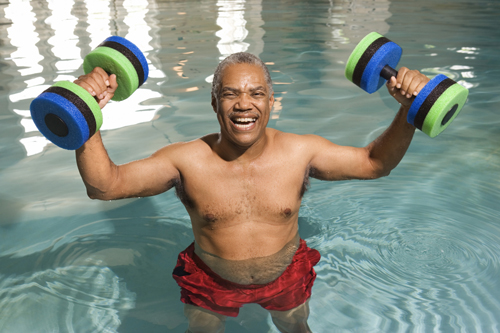
The bodies of people with diabetes either do not produce enough of the hormone insulin or do not utilize it properly. A crucial compound, insulin regulates blood glucose , also called blood sugar, which is the body’s primary energy source.
While type 1 diabetes occurs mostly in children and young adults—the result of a biological glitch that does not allow their bodies to produce any insulin — type 2 diabetes occurs primarily in adults over the age of 45 and is linked to lifestyle factors . As Americans have become less active, more prone to weight gain and have increased their consumption of overprocessed foods, the incidence of type 2 diabetes has risen.
In the United States, type 2 diabetes affects almost 11% of the population over the age of 20, or 23.5 million people. If you have type 2 diabetes, your risk of death is twice that of a person your age who does not have the disease.
Complications from type 2 diabetes arise when glucose is produced but does not enter the body’s cells, lingering in the blood instead, affecting almost any system or body part from the kidneys, eyes and feet to the heart and brain. Type 2 diabetes can cause emotional stress and strain as well.
The good news is that with careful treatment and the following lifestyle modifications, type 2 diabetes can be managed and complications can be delayed or avoided altogether:
- Take your prescribed medications , both to control blood sugar and to treat concomitant conditions such as high blood pressure.
- Lose weight.
- Stop smoking.
- Adhere to a moderate exercise routine.
- Engage in positive social contact —reach out to friends and family who make you feel good.
Working with your physician, we can design an exercise program to address these lifestyle modifications. Call our office to schedule an appointment and help stave of type 2 diabetes or reduce its harmful effects.
